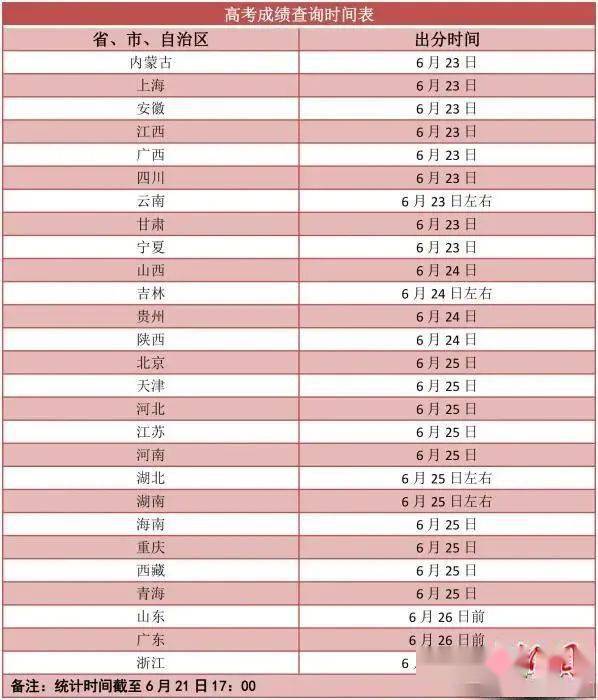From the Russian Su-27, China copied and built advanced aircraft that were not inferior to the original version and became an air force in the world.

The J-11B fighter today became a mainstay of China’s heavy fighter squadron and is considered one of the fourth-generation fighters capable of serving the best in both air-to-air and attack capabilities.

More than 200 J-11B fighters are currently in service with the Chinese Air Force, including 70 in the Navy and about 140 in the country’s Air Force.

The design of the J-11B fighter was based on the Soviet Su-27 Flanker airframe, and the Su-27 was rated as the best combat aircraft of the Cold War era.

At that time the Chinese Air Force was equipped with older and increasingly out-of-the-way fighters, losing its serious advantage against Japanese F-15 fighters in the region.

The Su-27 is equipped with the R-73 short-range air-to-air missile, as well as the R-27 long-range missile with a range more than twice as long as any previous missile in Chinese payroll.

China quickly copied the Su-27 to create its own fighter, the J-11, and was generally similar to the Su-27 in the Russian Air Force. China then began a program to develop more capable heavy fighters and launched the J-11B.

Ten years after the first Su-27s were delivered, the first simulation of the J-11B was revealed in 2002 by the Shenyang Aircraft Corporation.

The aircraft used more composite material, an area where China overtook Russia at this time, making the airframe both lighter and more durable, while improving flight performance due to its lower weight.

New electronic combat systems and sensors were also integrated, including the Chinese-designed Type 1493 pulsed doppler radar and a significantly more powerful IRST system than the already formidable Soviet N001E radar. According to the report, the new radar can detect medium fighters at a range of about 150-170km and surface warships at about 350km.

The new aviation electronics and sensors also allowed J-11B fighters to operate much more efficiently in air and sea attack roles than su-27s, an example of the ability to carry accurate bombs and guided missiles against enemy targets.

The J-11B also replaced the R-27 semi-active radar-guided air-to-air missile with a native PL-12 missile, which had active guidance radar that allowed the aircraft to strike more targets simultaneously and provided the ability to “shoot and forget” against enemy aircraft.

This puts the J-11B on par with the latest U.S. competitors in terms of firepower, American fighters in the 2000s began using AIM-120C missiles with active radar guidance and a similar range of about 100km.

China’s fourth-generation fighter will greatly improve its combat capabilities over the next decade, with J-16 fighters also based on the Su-27 Flanker design being entered service since 2013 and boasting the first AESA radar built into the fighter.

The J-16 is more capable than the J-11B in both air-to-air and attack roles, not only due to modern radar but also by stealth coatings, electronic combat systems, weapons, and aviation electronics including helmet-mounted sights. In addition, the PL-15 missile of the fighter has an estimated range of about 250-300km.

The J-11 would then continue to be improved to upgrade to a level closer to the J-16, with the J-11BG version integrating an AESA radar believed to be based on the J-16’s radar as well as new aviation electronics. These allowed the aircraft to use PL-15 and PL-10 air-to-air missiles.

It is unclear whether the J-11D will be produced in the same number of more than 200 as the J-11B, or how many J-11Bs will be upgraded to the J-11BG standard. However, China will continue to develop new technologies for the fifth, sixth and J-11 fighters that will continue to be improved to have power on par with the world’s leading aircraft. Image source: Pinterest.
Close-up of the J-20 fifth-generation fighter – the Chinese-made fifth-generation fighter, which is said to outperform the Su-57. Source: QQ.





























































You must log in to post a comment.